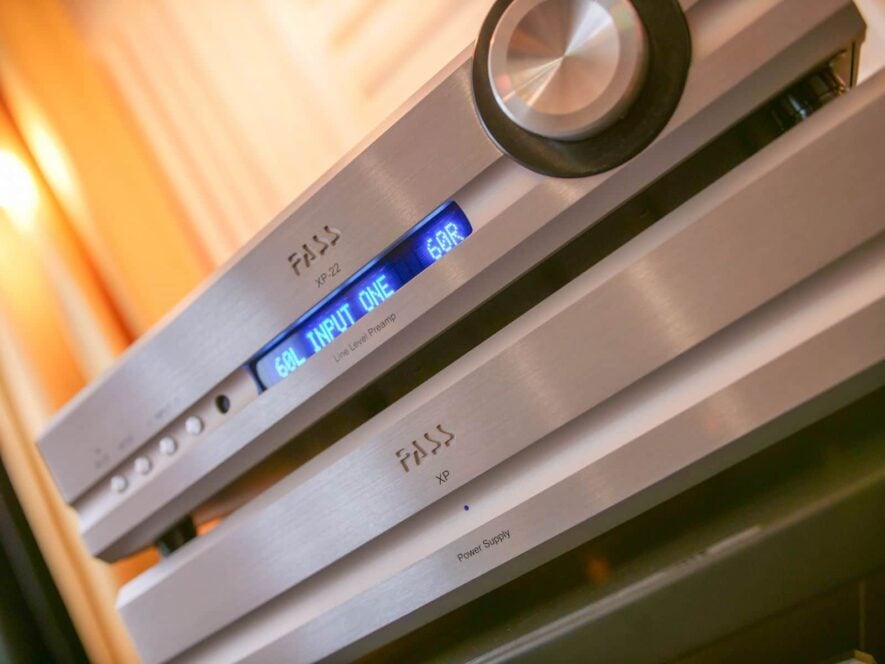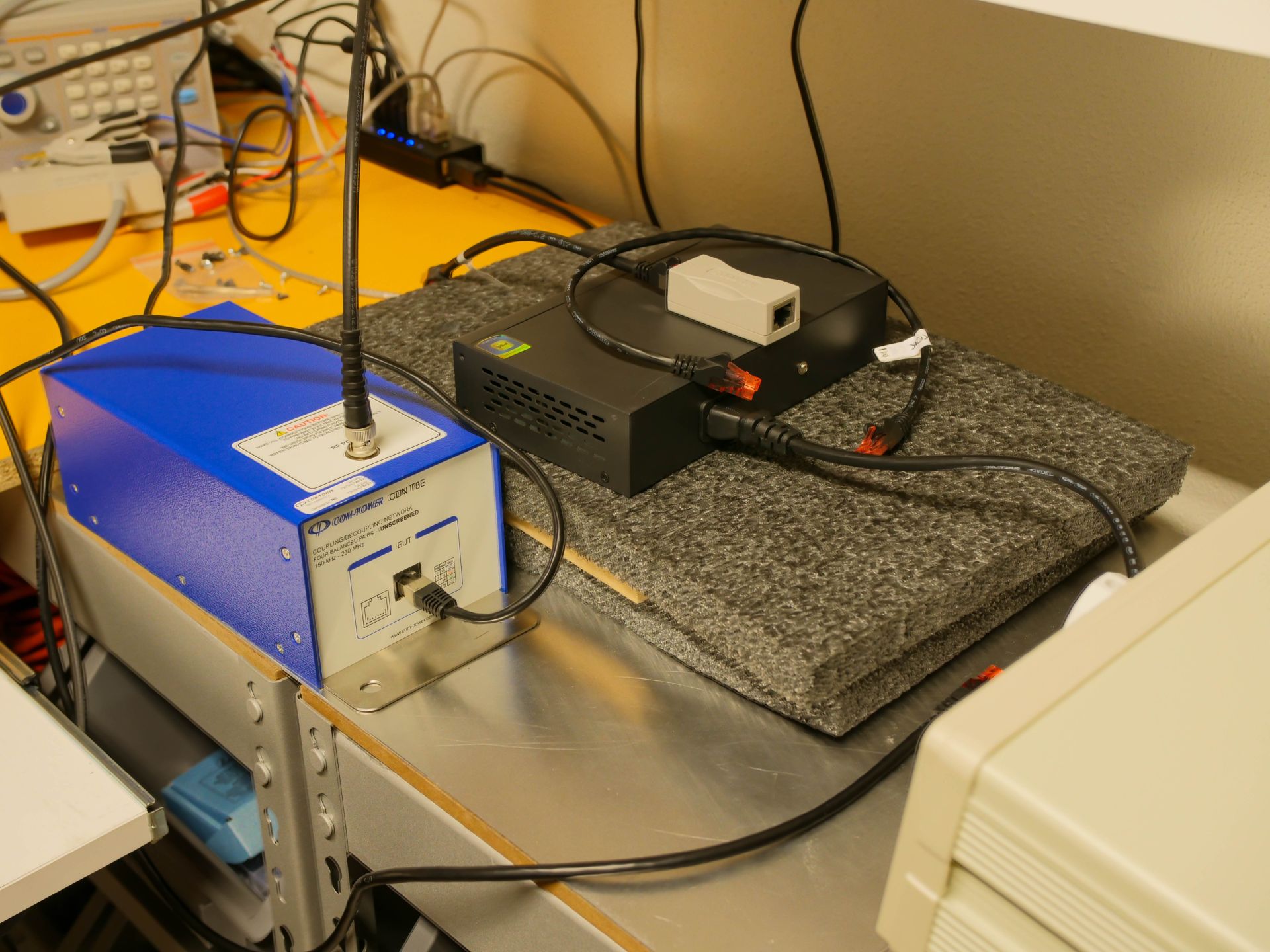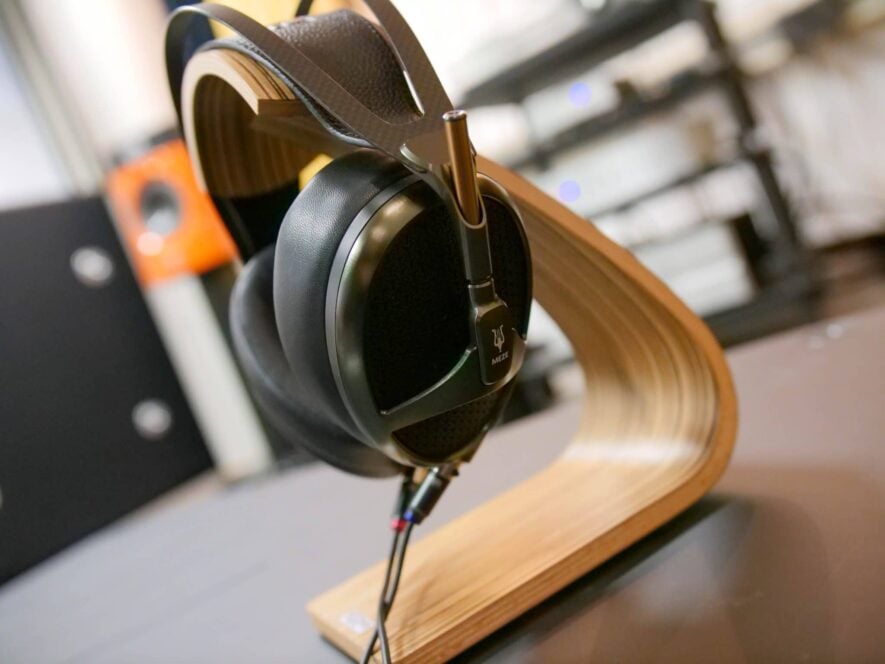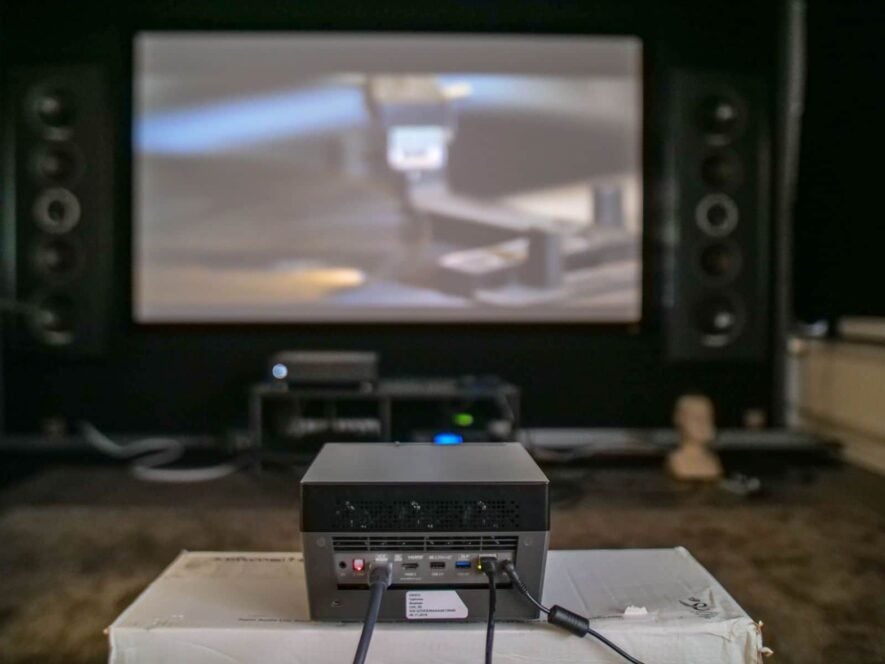Reageer op: CD’s rippen: hoe doe je dat goed?
Zoals al besproken op de website zelf heb ik hier een beschrijving in het Engels zoals de rip regels zijn bij What.CD
Als start zal ik deze tekst hier neer zetten zodat we hierover ons eigen idee kunnen spuien.
de eerste tekst gaat over Vinyl rippen:
SB Turntables Are Not Recommended For Ripping Vinyl On What.CD
Audacity may not be suitable for ripping 24bit audio on Windows,
Windows users MUST use ASIO support for 24-bit ripping.
You must also install ASIO drivers for your soundcard, and enable ASIO in the Audacity settings after it’s installed.
The following guide will show you how to rip a vinyl record to FLAC. This wiki covers both regular 16/44 ripping and 24/96 ripping.
You will need the following things:
1.
Vinyl record. Preferably mint or never before played.
2.
Turntable. Make sure it has a good stereo balance, you may have to repair the connector cables if it doesn’t. Also, buy the most expensive needle you can find.
3.
Phono Preamp. A phono preamp is basically the part of a receiver that makes your record loud enough for your speakers, inside a tiny case. Make sure the one you buy includes an RCA > 1/8th converter, or you will have to get one at Radioshack, or wherever electronic components are sold. The adapter will let you connect your preamp to your computers line-in jack. I bought mine from http://phonopreamps.com
4.
Audacity. Audacity is a very easy to use, open source audio editor. Audacity will be recording your vinyl to WAV.
5.
FLAC. FLAC stands for Free Lossless Audio Codec. It is the best lossless audio compression algorithm available for a few reasons. One: It’s Open Source, no licensing things, so “the man” won’t get your money. Two: Wide support among operating systems..
Tuning turntable
Properly tuning a turntable is a difficult and fairly important bit of maintenance you really should do for the device that probably hasn’t seen use in 20 years and likely has a brand new cartridge. I would really recommend taking your turntable to a qualified professional and paying for a proper tuneup, but as always it is possible to do yourself. Improperly adjusting your turntable can damage your records and accelerate wear, as well as affecting audio quality, so please recognize the risks.
Damping and Microphonics
When playing a vinyl record, it is important that the turntable be placed on the most level and stable surface as possible. In this case “stable” refers to the ability to absorb, and not transmit, any form of vibration. Any such vibration that transfers to the tonearm or platter will show up in the recording. The greater the mass and rigidity of the platform, the better the damping of vibration; for example, a cubic-meter of solid granite would make a fantastic turntable platform.
While it is true that a poorly damped turntable can pick up vibrations from things like your footfalls, doors closing and other random bumps around the house, the worst source of vibration is the very music you are playing! When the music coming out of your speakers returns to vibrate the playback system, the feedback is called microphonics. Microphonics is the sonic equivalent of holding a mirror in front of another mirror; it’s feedback and it’s bad. The reason it is so important to mention it here is that right now in the 21st Century, we have the ability to completely eliminate microphonics for the first time! When we rip music from a record, we don’t have to play back the sound in realtime, thus we can completely eliminate our speakers as a source of microphonics. What does all this mean to you, the ripper? It’s simple: When you rip music from vinyl, monitor it through headphones and turn off your speakers. It will make all the difference.
Setup
Your signal chain should be fairly obvious. You will need to connect components such that the signal goes from Turntable -> Phono Preamp -> PC. In most cases this will be simple to achieve, but I will give a few pointers. If you’re using a receiver or integrated amplifier as your phono preamp, it probably has a ‘tape monitor’ or ‘preamp’ output. You should use this output to connect to your PC, but you may need to enable the tape monitor feature on the amplifier as well. On professional sound cards, the inputs are often not labeled specifically for left or right; generally you would connect the left (white/black) channel to the first input and right to the second. On consumer level cards there is often a mic input as well as a line input. Use the line input only, the mic input is not appropriate for this use.
Now that we have all this stuff together, we need to hook everything up.
1.
Plug in your turntable, put record on turntable. Hook it up to the IN jacks of your phono preamp.
2.
Plug in your phono preamp, Hook it up to the line-in jack of your computer.
3.
Open Audacity. Set the drop down box under the Fast-Foward button to “Line In”.
And now for the soundcheck!
Capture Preparation
We will first be making a test recording to set levels and make sure everything is working properly, so get everything set up, turned on, and put your record on the turntable. Get it fired up and playing.
To start recording, press the record button in Audacity (red circle), and you should see the waveform being recorded as well as the VU meters at the top jumping around. Now we need to set the levels to ensure there isn’t any clipping. The screenshot below shows what the VU meter looks like during recording, with a properly adjusted level (though a bit low).
You should aim for peaks reaching about 75% of the maximum level (the peaks are represented on the VU meter with an extra line showing the highest the signal’s been in recent time). You can always amplify a rip, but clipping is an uneditable sin. Try to play the loudest part of the record while you adjust to make sure it’s not going to start clipping halfway through and force you to re-record.
How you actually adjust the levels depends on the sound card you have. Most external cards will have a knob attached to each input that adjusts the level (as well as an LED-based VU meter) – the best setting for these is at their maximum, minimum or at any spot where there’s a detent, as long as this puts the signal at a proper level. It’s difficult to match them otherwise between the left and right channels, and the balance of the recording might be off if you adjust them.
If you’ve got an internal card, the driver control panel should provide a level adjustment slider for the inputs. Make you’re not just adjusting the output or one of the S/PDIF channels as they can sometimes be confusing. You want to make sure the ‘stereo link’ is enabled to adjust the channels at the same time. Most drivers will show a VU meter on this panel as well which you can use in addition to the Audacity VU meter.
The level itself is not critical, but it should be at least 50% of the maximum and should never approach 100% at any time.
Once you’ve got the levels set, stop the Audacity recording and listen to the few minutes of audio you should’ve recorded. Make sure it sounds good (don’t worry if it sounds a bit quiet) and listen for any audio dropouts (there shouldn’t be any).
Capture
Finally! Everything is set up and it’s time to capture a side. This part is easy.
Create a new project in Audacity and discard your old test one. Stop your turntable.
Now we’re ready to start, so press record (red circle) in Audacity and then start the turntable and place the needle in the lead-in area. You shouldn’t listen while recording, as the vibrations from speakers can be a contributor to distortion (microphonics, as discussed before), though if you’d like to monitor on headphones I recommend this.
Once the side is complete, stop Audacity and the turntable. You have a few options at this point.
a)
If the album side is one track, just export it as a wav, by clicking File > Export As Wav…
b)
If the album side has individual tracks, follow the guide later in this wiki called “Track Splitting”
c)
If the album is a one track flows into the next type deal, export it as one track, and generate a cue file for it. (this will be covered later)
Repeat this step for each side.
(The use of Noise Reduction is not recommended. I’ve heard it on some bootlegs and let me tell you, it’s awful. Your best bet is to use mint vinyl. However, OiNK user weirdcrap recommends that if you must remove noise, do it click by click.)
Verifying that you have 24/96:
Track Splitting
The first thing we’re going to do after capturing the audio is to split it into tracks and proof it for quality. Just start playing the audio from the very beginning. When you reach the start of the first track, stop playback and move the playhead (just click in the waveform window) to just before this point. You’ll have to use your judgment where to place the track break. Press Ctrl-B (or Project->Add Label At Selection) to create a new label. Your cursor will be in the ‘title’ for the label at this point, so just start typing the name of the song. Once you’ve got the label made, press play again and make sure you’ve got the label in the correct spot and also listen to the track for any problems. Continue for all the other tracks on the side.
This step is optional. Only proceed, if you know exactly, what you’re doing.
wrote:
Once you’ve got labels created and properly positioned for all the tracks, we will normalize the signal to a normal level. Select the entire waveform (Ctrl-A or Edit->Select->All) and then choose Effect->Normalize. This will automatically set itself for 0dB maximum output, which is close to what we want, and will also remove any DC offset (make sure the option is checked). Type -0.1 into the box and press OK. It may take a moment, and you should see the waveform become larger. If your waveform does not get amplified by any amount, you might have clipped the input during recording and you’ll need to re-record with a lower level.
Now we’ll export to WAV files for encoding. Choose File->Export Multiple… and the following dialog appears. Note that unless you check the box and type a name in the box, audio before the first label will be lost – so make sure you labeled the first track.
Post Processing
Okay, the title says ‘Complete’, but this is one thing I’m not going to go into here. It involves removing clicks and pops, and possibly noise. The problem is that if you’ve followed the steps up until now, you should have a good quality recording with little noise and rumble that would be easily removed by an automated script. You will need to go through the recording by hand and remove each individual random click or pop. This can be done in Audacity by selecting the problem area and choosing Effect->Click Removal… You can find more detail on this technique at the Audacity wiki.
I do not recommend using the noise removal plugin as many other guides recommend. If you’ve followed the equipment guidelines and have a reasonable quality setup, the constant noise should be very low. This plugin is not appropriate for removing small vinyl noise which is almost impossible to get rid of. If you’ve cleaned the record well and the recording is still noisy and fully of pops, chances are that the record itself is just in poor condition and not worth capturing. Please just remove problem clicks and pops as necessary, and try to apply as little processing as possible to your recording.
If you choose to apply post processing, do it before the ‘Normalize’ step in the previous section.
Encoding
You’re on what.cd, you should be able to handle this ;). The easiest way is to export FLAC directly from Audacity.
If creating 24-bit files, choose “Other Uncompressed Files” and select 24-bit Signed WAV. You can then transcode this to 24/96 FLAC.
If you ripped a side with multiple songs to one big file, you will need to split files, or generate a cue sheet. This can best be done with CD Wave. I’m sorry its shareware but its the best way to separate long files into shorter ones, and it generates cue sheets for you. Here is a short tutorial from the http://www.etree.org
You can also generate a cue file indirectly by using Audacity labels and a 3rd-party, open-source java applet. You can use the cue file with one large file or, Audacity can also break the audio into separate tracks.




